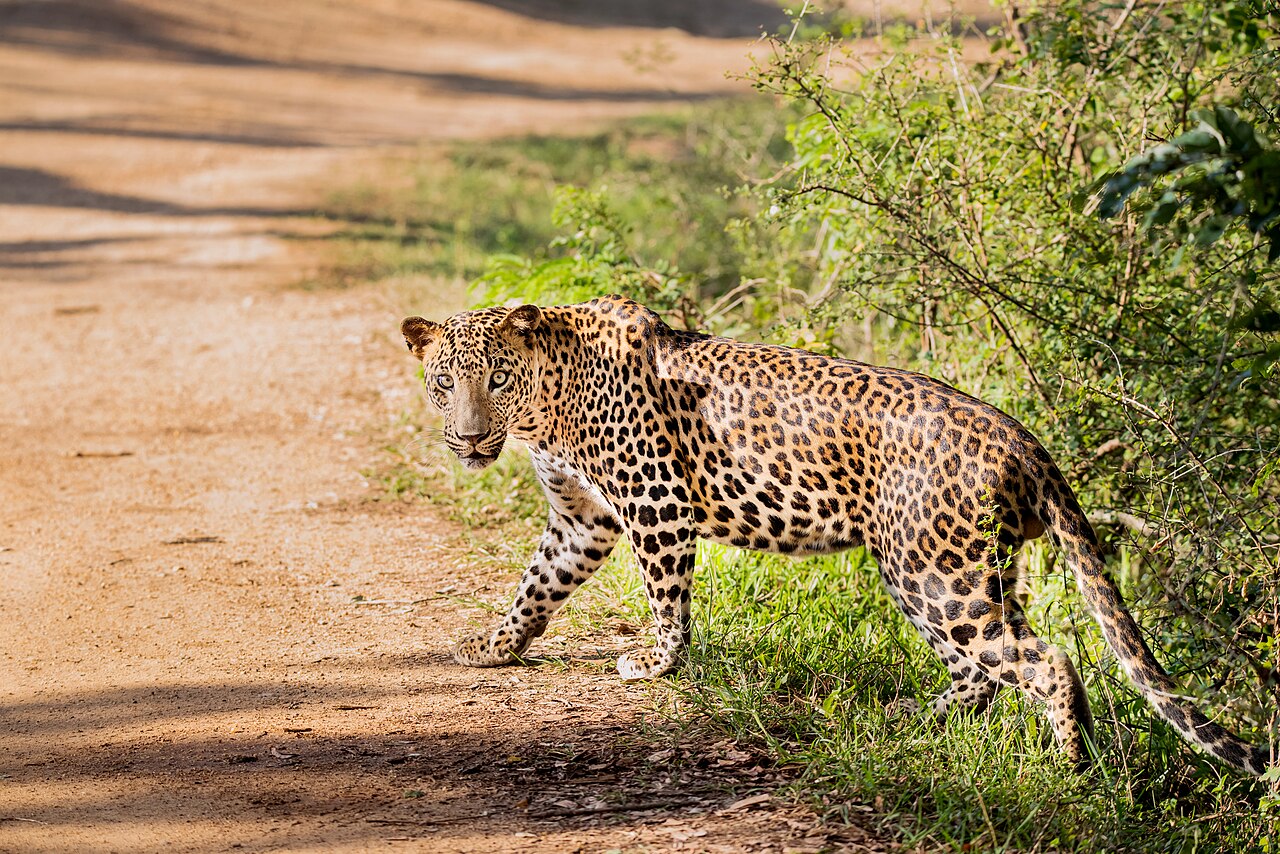When venturing into the wilderness, we enter the domain of countless wild creatures that call these natural spaces home. While wildlife encounters can be awe-inspiring, they also carry potential risks for both humans and animals. Understanding how to minimize unexpected animal encounters is essential for safe and responsible outdoor recreation. Whether you’re concerned about predators like bears and mountain lions or simply wish to respect wildlife habitats, implementing preventative strategies can significantly enhance your safety and preserve the natural behaviors of animals. The following tips offer practical guidance for reducing wildlife encounters while enjoying nature’s wonders on the trail.
Make Noise While You Hike
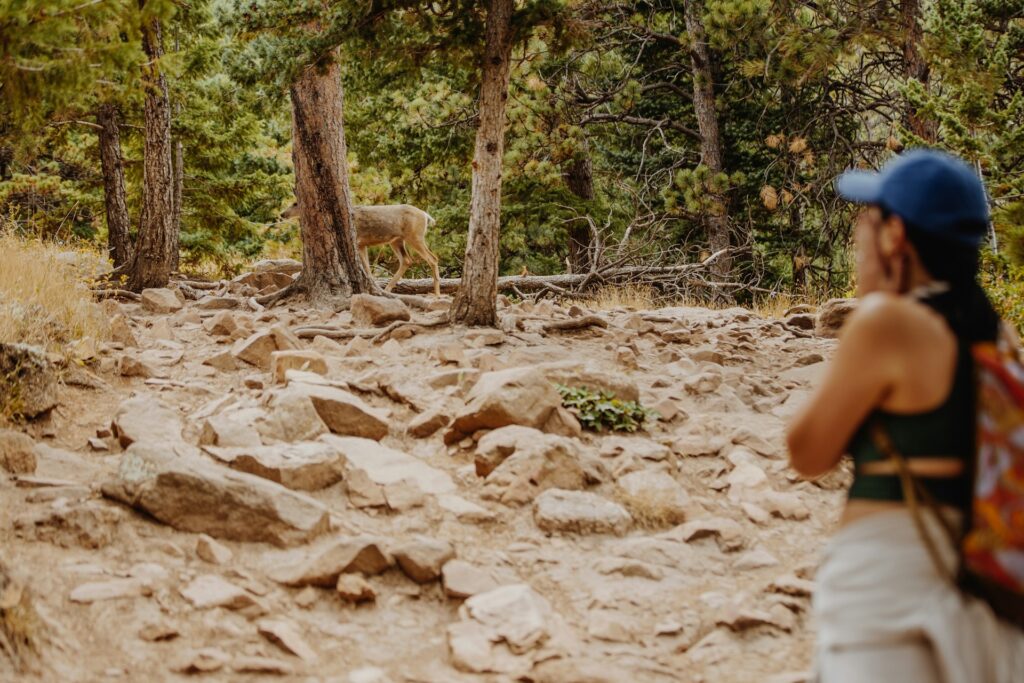
One of the most effective ways to prevent surprising wildlife is to announce your presence consistently throughout your hike. Animals typically avoid humans when given sufficient warning, preferring to retreat rather than confront. Consider carrying a small bell attached to your backpack or trekking pole, creating a consistent jingle that alerts animals to your approach. Alternatively, engage in conversation with hiking partners or periodically call out “Hey bear!” in areas known for bear activity. Making noise is particularly important when approaching blind corners, dense vegetation, or noisy water features where animals might not otherwise detect your presence.
Hike in Groups When Possible
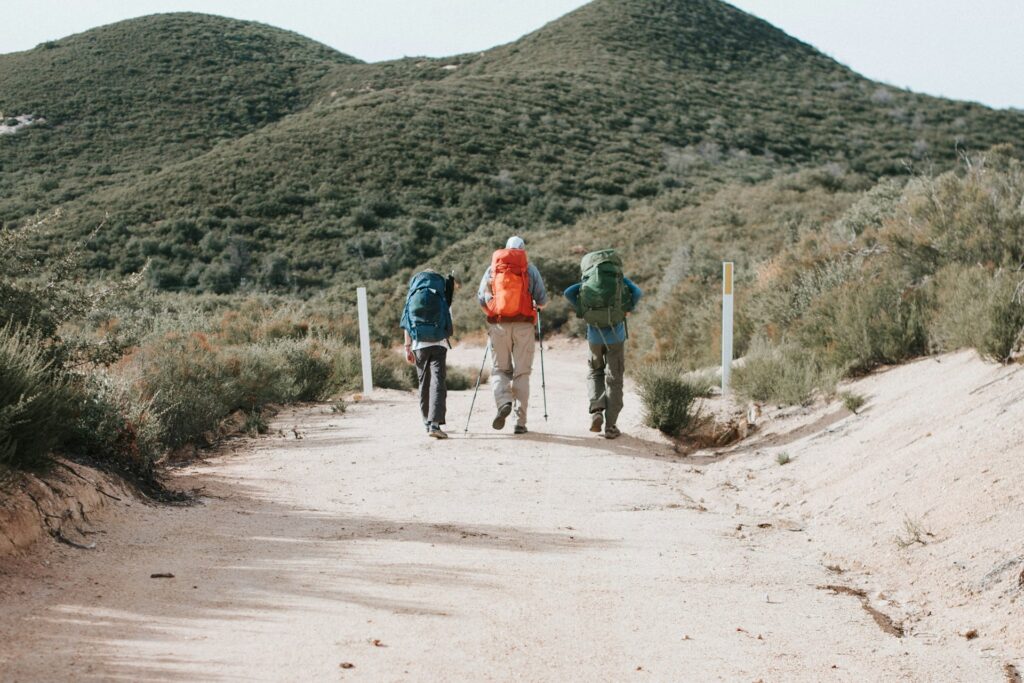
The simple act of hiking with companions significantly reduces your chances of wildlife confrontations. Larger groups create more noise naturally, giving animals ample warning and opportunity to move away before you arrive. Statistics consistently show that solo hikers experience more dangerous animal encounters than those traveling in groups. Additionally, the visual presence of multiple humans tends to deter territorial or predatory behavior from most wildlife species. If solo hiking is unavoidable, consider compensating by being especially vigilant and making extra noise throughout your journey.
Be Aware of Peak Activity Times
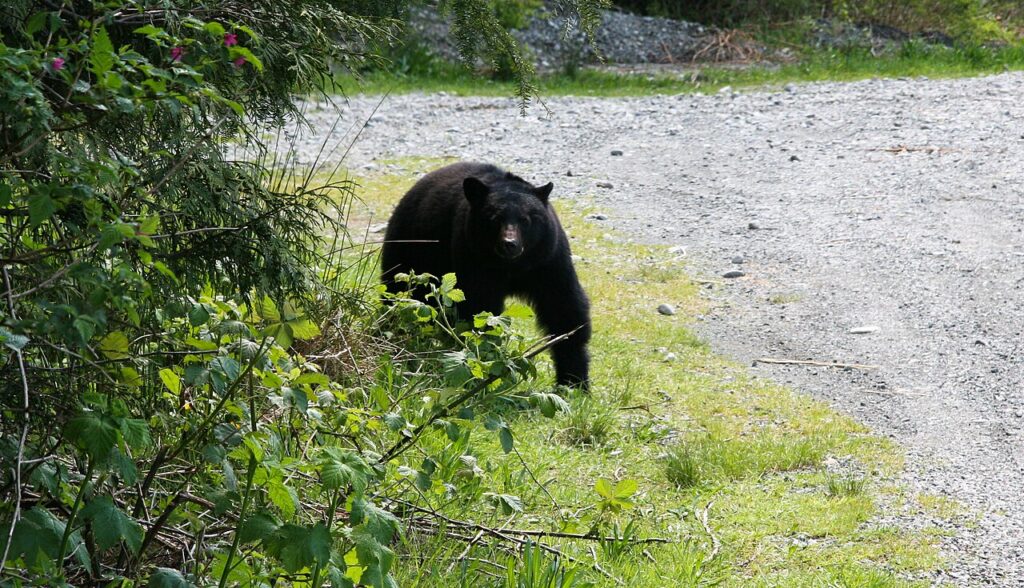
Wildlife follows predictable patterns that can help you avoid unwanted encounters if you plan accordingly. Many animals are most active during dawn and dusk—periods known as crepuscular hours—when they’re typically feeding or traveling between resting locations. Bears, deer, and mountain lions often increase their movements during these transition times. If possible, schedule your hikes during mid-day when many mammals are less active and seeking shelter from the sun. Conversely, if hiking during early morning or evening hours, exercise heightened awareness and take extra precautions to make your presence known.
Stick to Established Trails

Maintained trails provide multiple advantages for avoiding wildlife encounters beyond just preventing you from getting lost. Animals generally learn to recognize established human pathways and often maintain a comfortable distance from these areas, especially during peak hiking seasons. When you venture off-trail, you’re more likely to stumble into territories that wildlife considers secure or to inadvertently approach dens, nests, or feeding areas. Additionally, staying on designated trails helps protect sensitive plant communities and prevents erosion while reducing your chances of surprising animals in their preferred habitats.
Properly Store Food and Scented Items
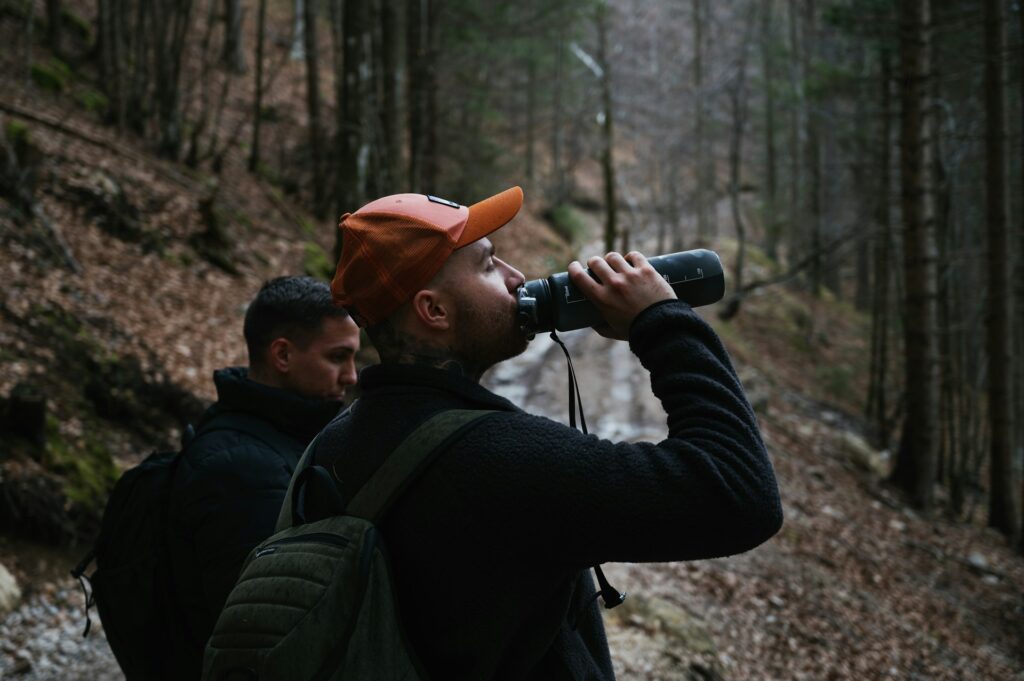
The powerful sense of smell possessed by most wildlife means that food odors can attract animals from remarkable distances. When camping or taking breaks during hikes, properly store all food items, cooking equipment, and scented personal products like toothpaste or deodorant. In bear country, this means using approved bear canisters or hanging food bags at least 10-15 feet high and 4 feet from any vertical support. Even seemingly innocuous items like chapstick or sunscreen can attract curious wildlife seeking food. Remember that animals drawn to food sources can become habituated to human presence, creating dangerous situations for both the animals and future hikers.
Learn to Recognize Animal Signs
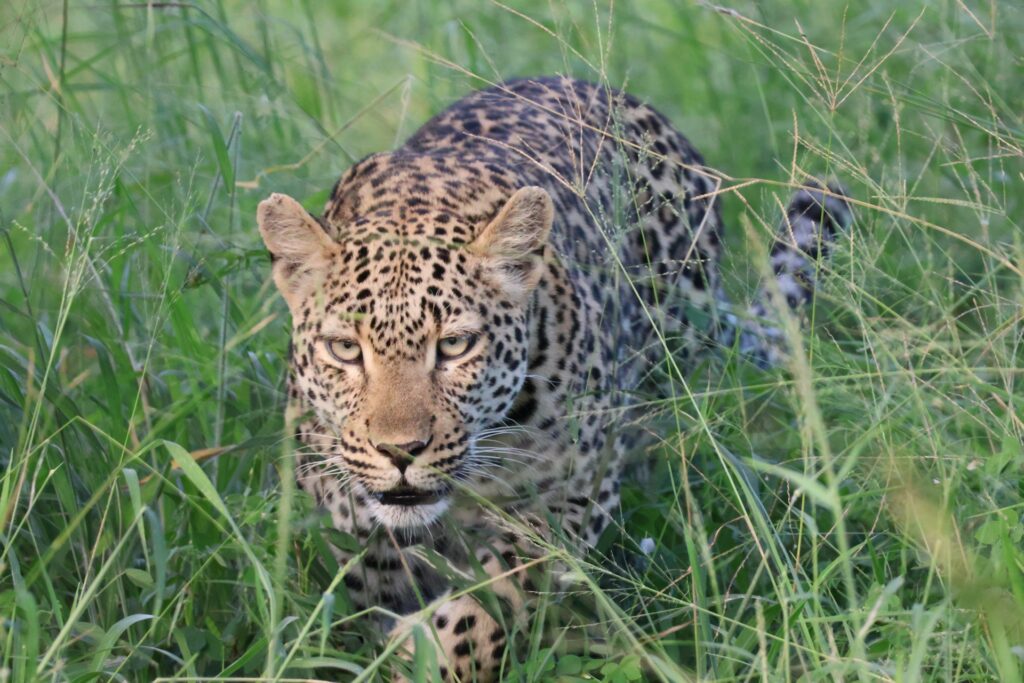
Developing the ability to identify wildlife indicators can significantly enhance your safety on trails. Fresh tracks, scat (animal droppings), territorial markings on trees, or disturbed vegetation may signal that an animal has recently passed through or actively uses the area. Distinctive odors, such as the musky scent of bear or the ammonia-like smell of mountain lion urine, can also indicate animal presence. Large predator kills or partially eaten carcasses are particularly important warning signs that deserve wide berth. When you observe these indicators, increase your noise level, tighten your group formation, and maintain heightened awareness until you’ve moved well beyond the area.
Avoid Hiking with Pets in Wildlife-Rich Areas

While many outdoor enthusiasts enjoy having canine companions on trails, dogs can significantly increase wildlife encounters in several ways. Their movement patterns, scent, and behavior can agitate or attract wild animals, potentially creating confrontational situations that wouldn’t otherwise occur. Dogs may chase wildlife, disrupting natural behaviors or provoking defensive responses from mother animals protecting young. Additionally, the predator-prey dynamic becomes complicated when domestic dogs encounter wild predators like wolves, coyotes, or mountain lions, sometimes triggering territorial aggression. If you do bring pets into wilderness areas, keep them leashed at all times and consider adding bells to their collars to prevent surprising wildlife.
Stay Alert Around Water Sources
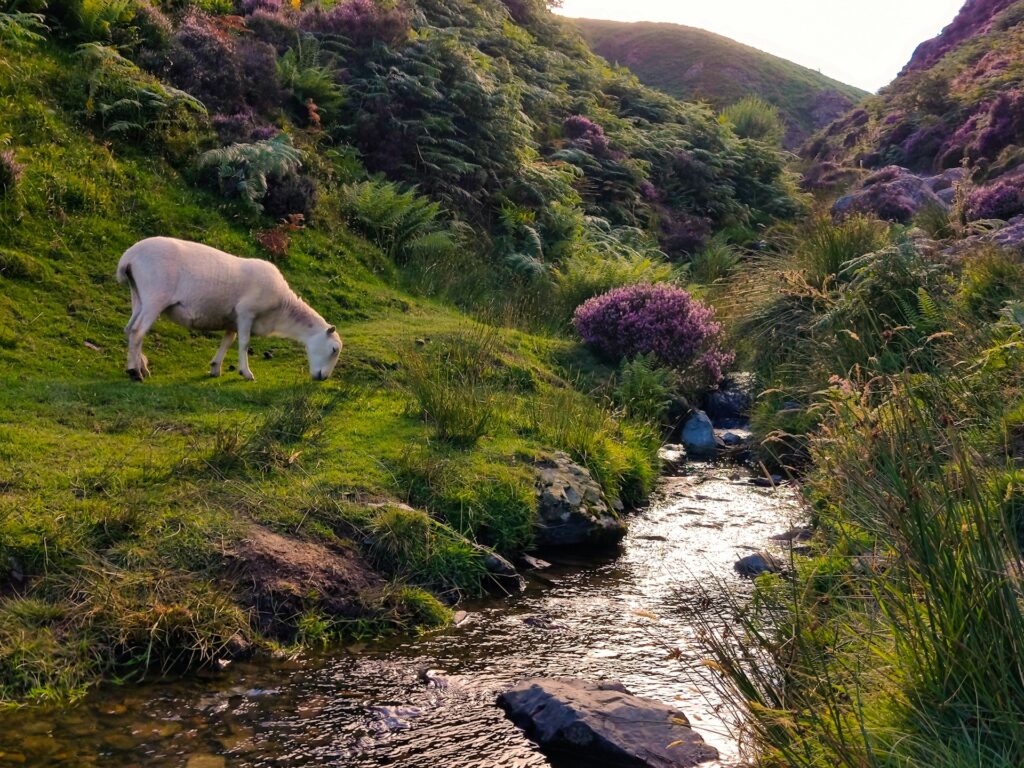
Water features serve as natural wildlife magnets, particularly in arid environments where reliable water sources are limited. Streams, lakes, and springs attract diverse animal species for drinking, hunting, or cooling off, especially during hot weather or drought conditions. When approaching water sources, slow your pace, increase your noise level, and visually scan the area before proceeding. Be particularly cautious around dawn and dusk when wildlife visitation peaks at water sources. If you observe animals already using a water feature, give them plenty of space and time to finish before approaching, or better yet, find an alternative route or water source altogether.
Carry and Know How to Use Wildlife Deterrents

Appropriate wildlife deterrents can provide crucial protection when preventative measures fail. Bear spray (a specialized form of pepper spray) has proven highly effective against multiple species including bears, mountain lions, and aggressive ungulates like moose. Always carry deterrents in an easily accessible location, not buried in your backpack, and practice removing and deploying them quickly. Familiarize yourself with the specific operation of your deterrent before hitting the trail, including safety mechanisms, effective range, and spray duration. Remember that deterrents are last-resort tools after other prevention strategies have failed, not substitutes for responsible wildlife practices.
Maintain Proper Distance from All Wildlife

Respecting wildlife space represents both an ethical obligation and a crucial safety practice for trail users. National park guidelines typically recommend maintaining at least 100 yards (91 meters) from predators like bears and wolves, and 25 yards (23 meters) from other wildlife like deer, elk, or moose. Even seemingly docile animals can become dangerous when they feel cornered or threatened, particularly during mating seasons or when offspring are present. Remember that you’re observing wild animals in their natural habitat, not visiting a zoo with controlled environments. If you find yourself closer than recommended distances, slowly and quietly back away without turning your back on the animal.
Time Your Hikes Strategically

Beyond daily timing considerations, broader seasonal awareness can significantly reduce wildlife encounters. Many species exhibit predictable behavioral changes throughout the year that affect their range, aggression levels, and human tolerance. Spring often brings protective mother animals with vulnerable young, while late summer through fall might introduce food-stressed animals preparing for winter. In bear country, berry season concentrates feeding activity in predictable locations, while rutting seasons for deer and elk can make males exceptionally unpredictable. Researching these patterns for your specific hiking region allows you to make informed decisions about trail selection and timing to minimize potentially dangerous situations.
Dress to Reduce Mistaken Identity
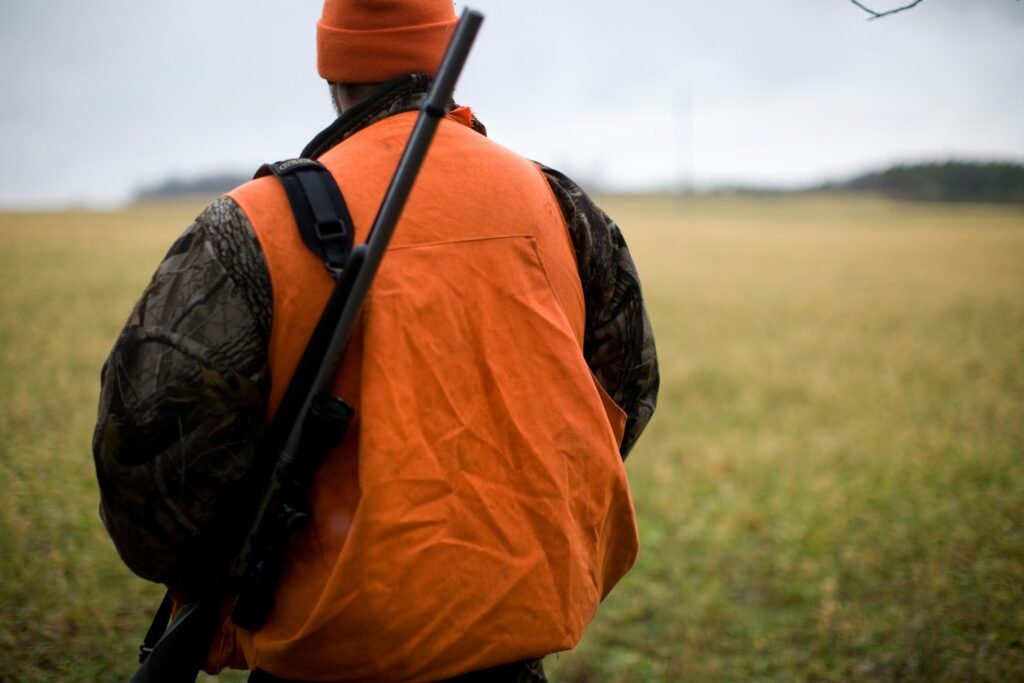
Your clothing choices can influence how wildlife perceives and responds to you on the trail. During hunting seasons, wearing bright colors or blaze orange helps distinguish you from game animals in the eyes of both hunters and predators. Avoid wearing scents, colognes, or perfumes that might confuse or attract wildlife with unfamiliar odors. Some research suggests that predators might associate certain colors or patterns with potential prey, though evidence remains largely anecdotal. Perhaps most importantly, secure loose items on your pack that might flutter or create unusual movements in the wind, as these can trigger predatory responses from animals interpreting the motion as wounded prey behavior.
Research Local Wildlife Before Your Trip
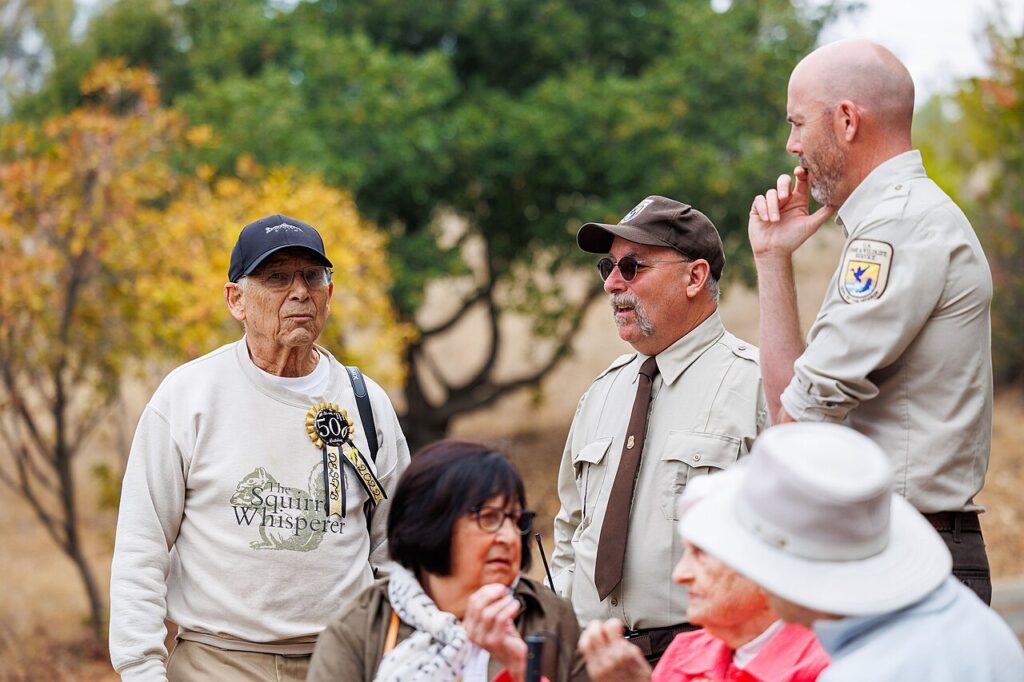
Each hiking destination features unique wildlife communities with specific behavioral patterns and potential concerns. Before embarking on any wilderness adventure, invest time learning about the particular species you might encounter in that region. Local ranger stations, visitor centers, and wildlife management websites typically offer updated information about recent animal activity, seasonal concerns, and area-specific precautions. Understanding the difference between a black bear’s behavior and a grizzly’s response, or knowing whether rattlesnakes or venomous spiders inhabit your hiking area, allows you to prepare appropriately. This knowledge empowers you to recognize potentially problematic situations before they escalate and respond appropriately if encounters do occur.
Conclusion

Minimizing wildlife encounters while hiking requires a combination of preparation, awareness, and respect for the natural world. These preventative strategies not only enhance your personal safety but also protect wildlife from potentially harmful human interactions. By making noise, hiking in groups, recognizing animal signs, and implementing the other recommendations outlined above, you can significantly reduce your chances of unexpected animal encounters. Remember that we are visitors in wildlife habitats, and our goal should be to observe these magnificent creatures from appropriate distances while minimizing our impact on their natural behaviors. With proper preparation and respect, trails can remain safe spaces for both human recreation and wildlife conservation.

